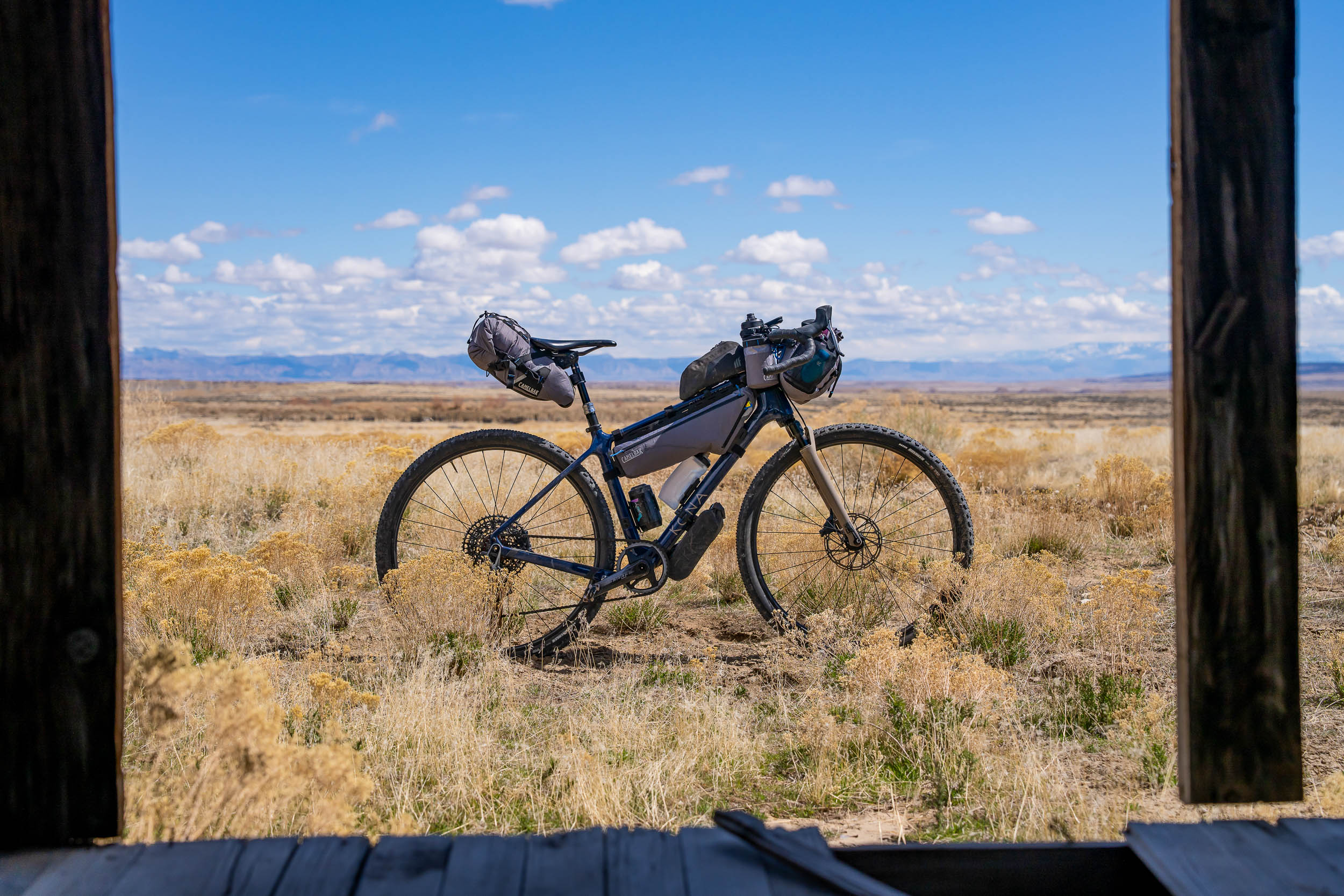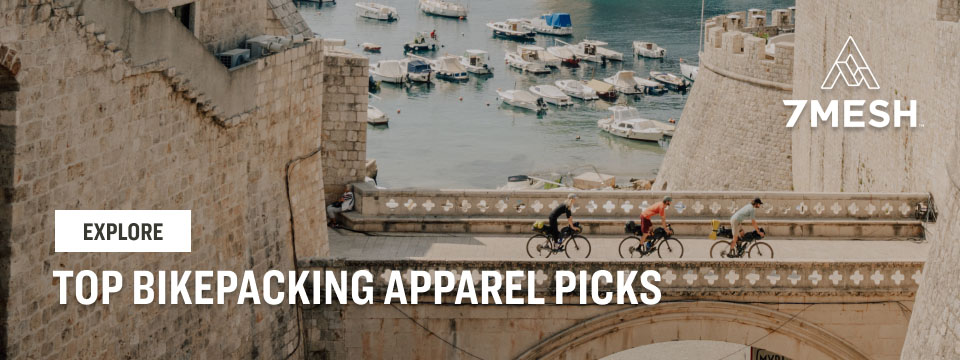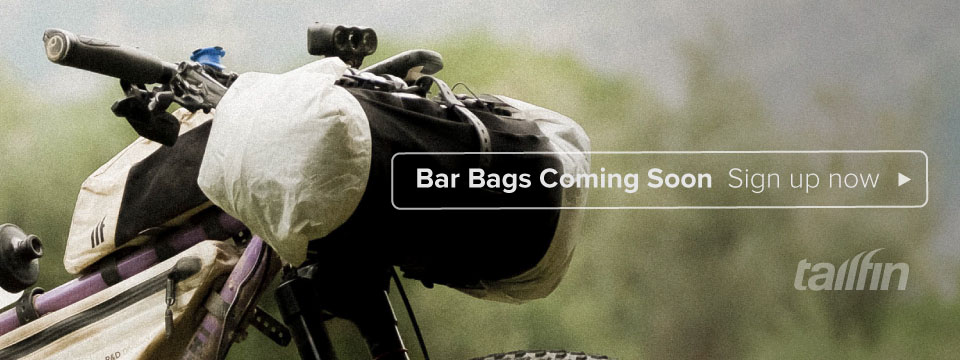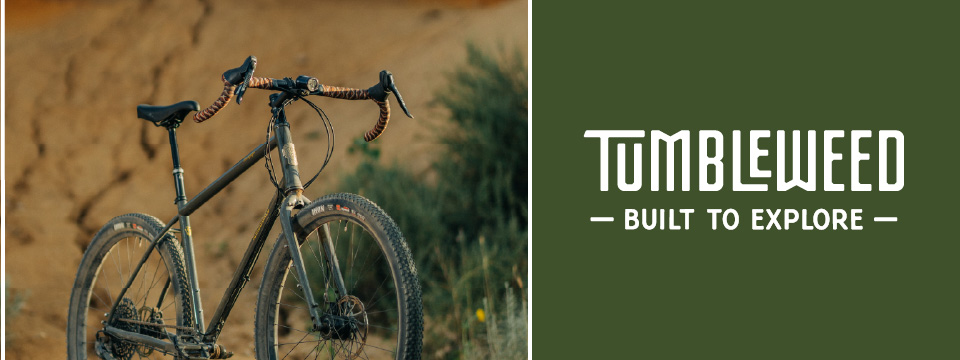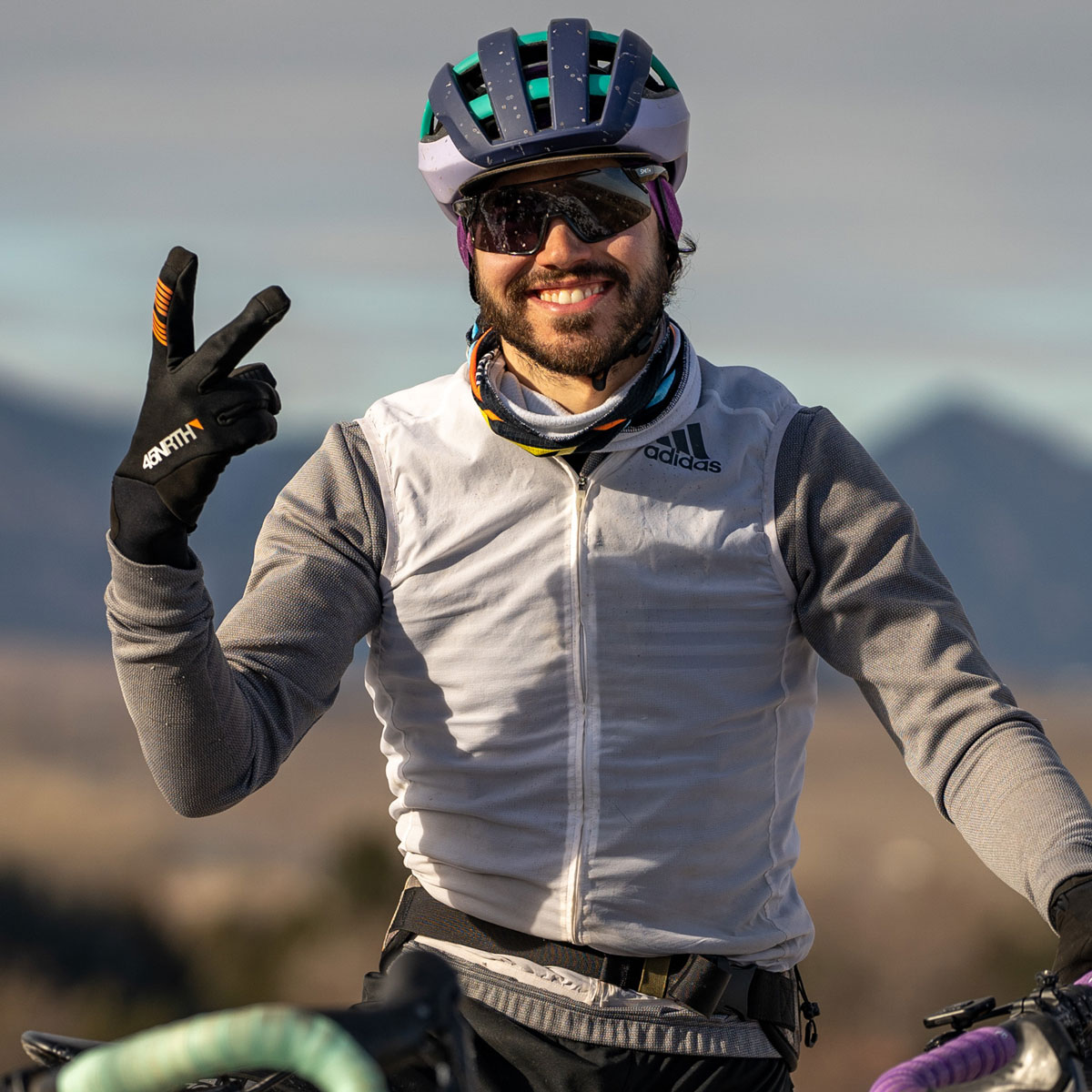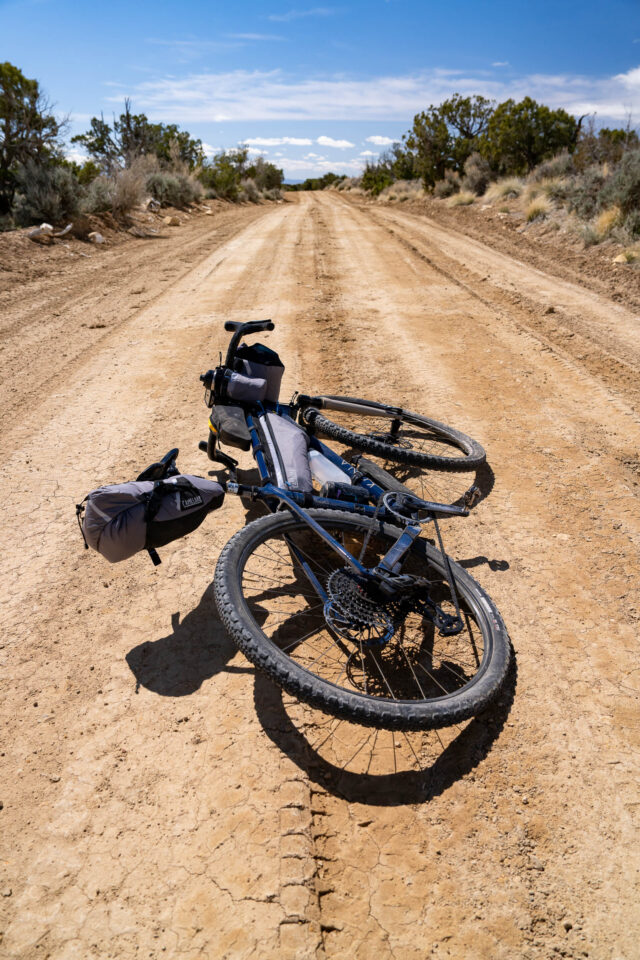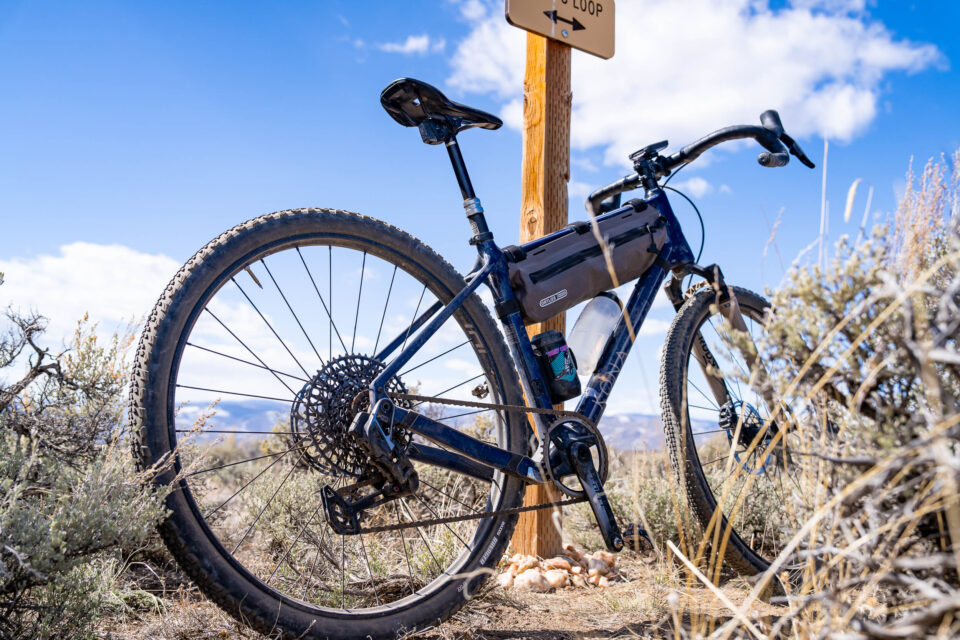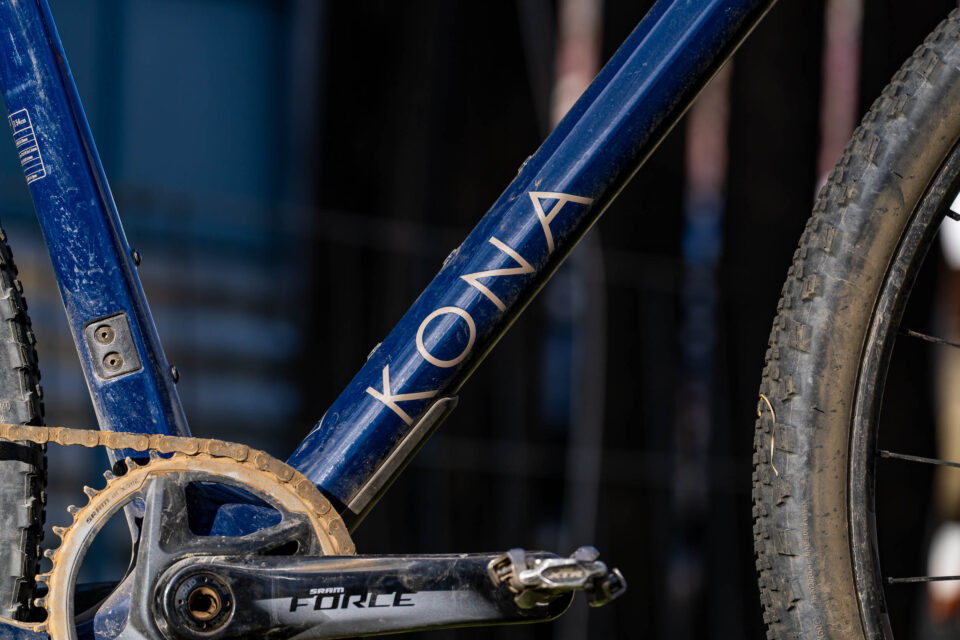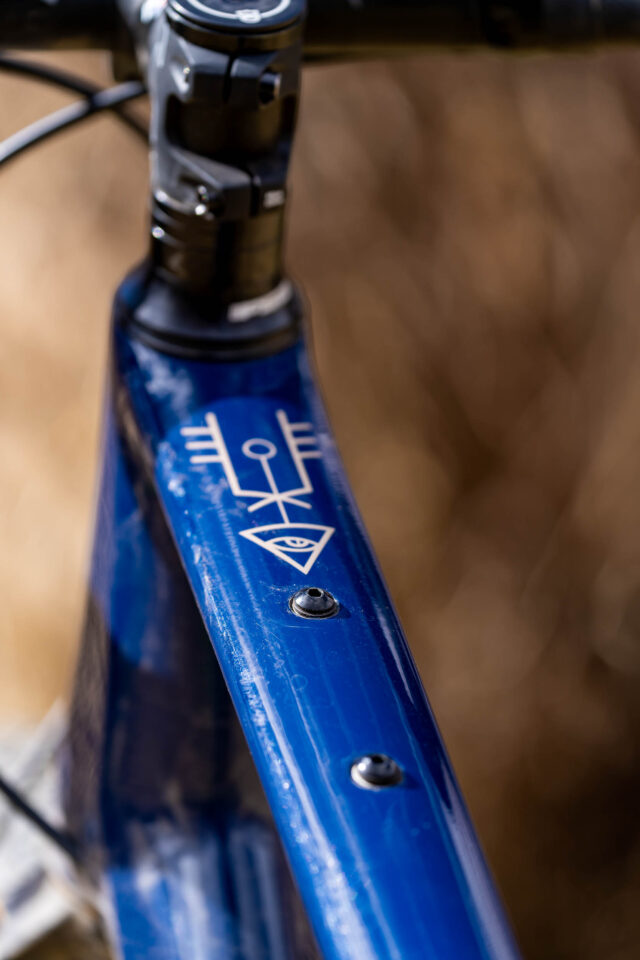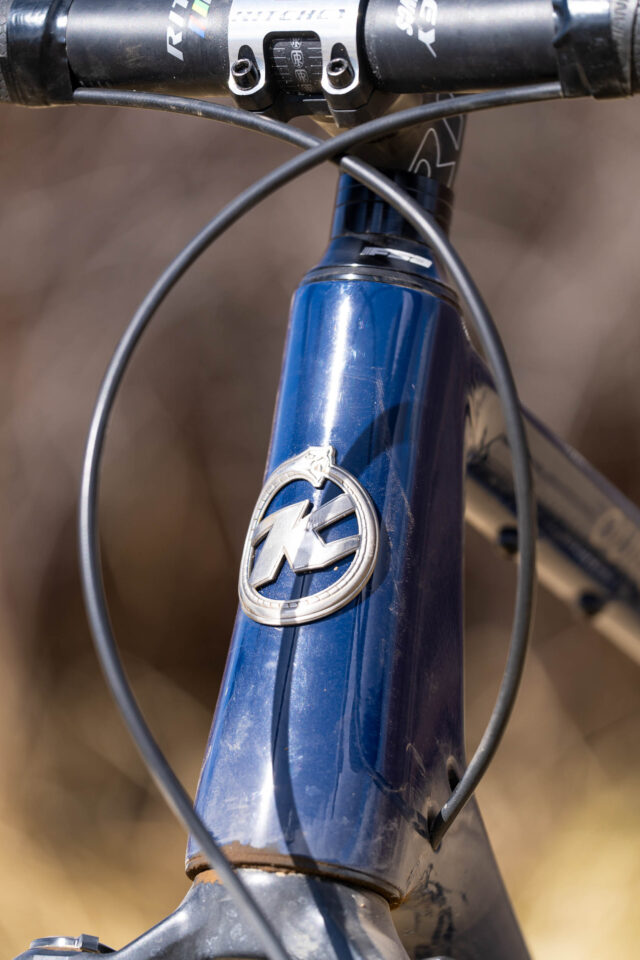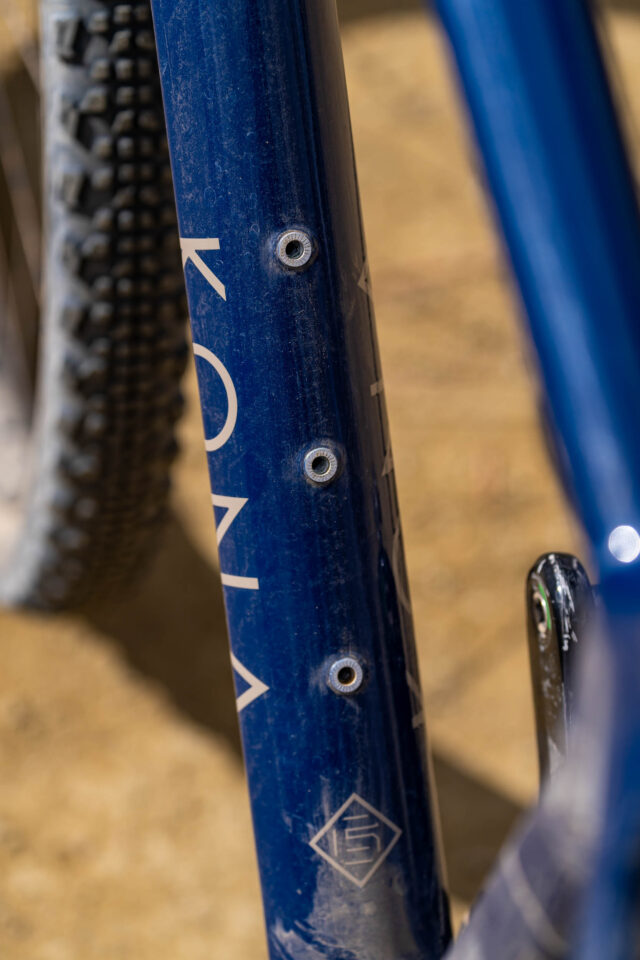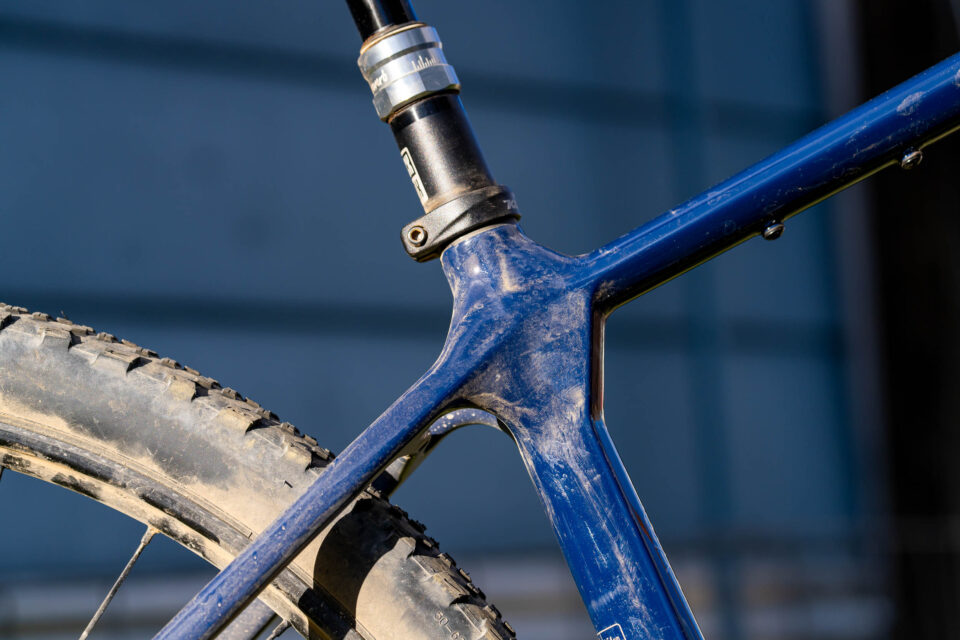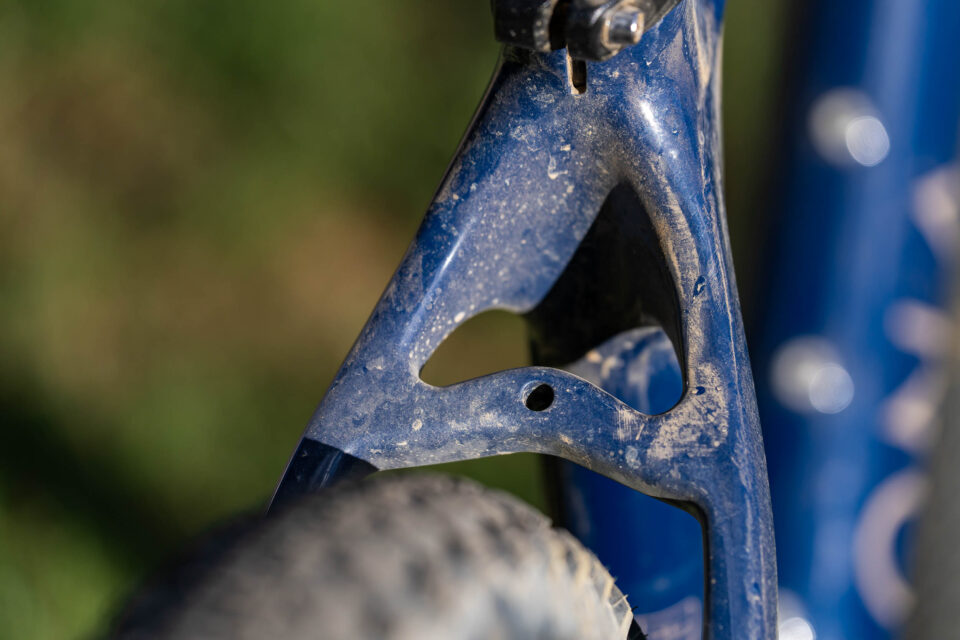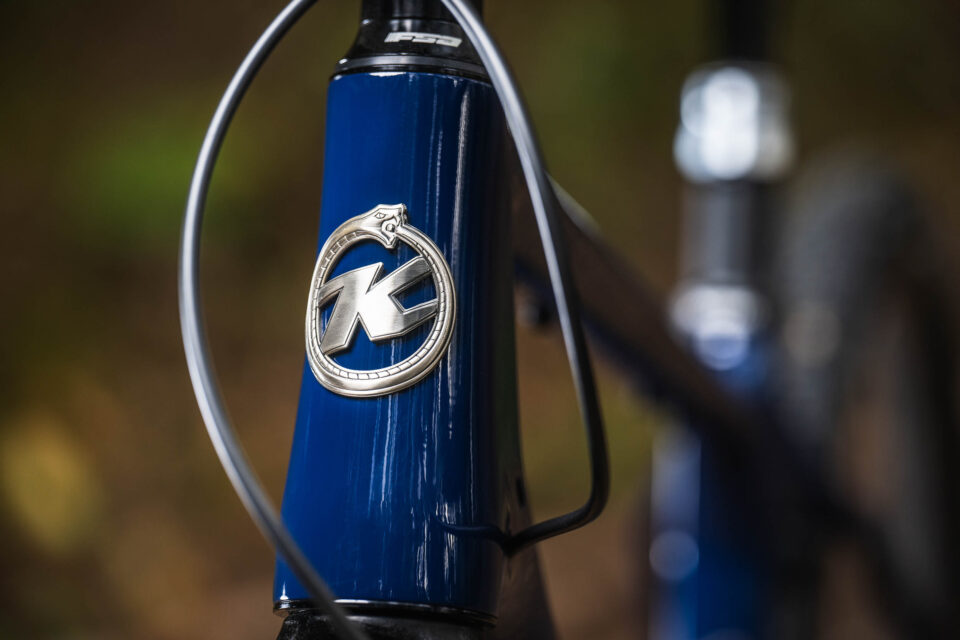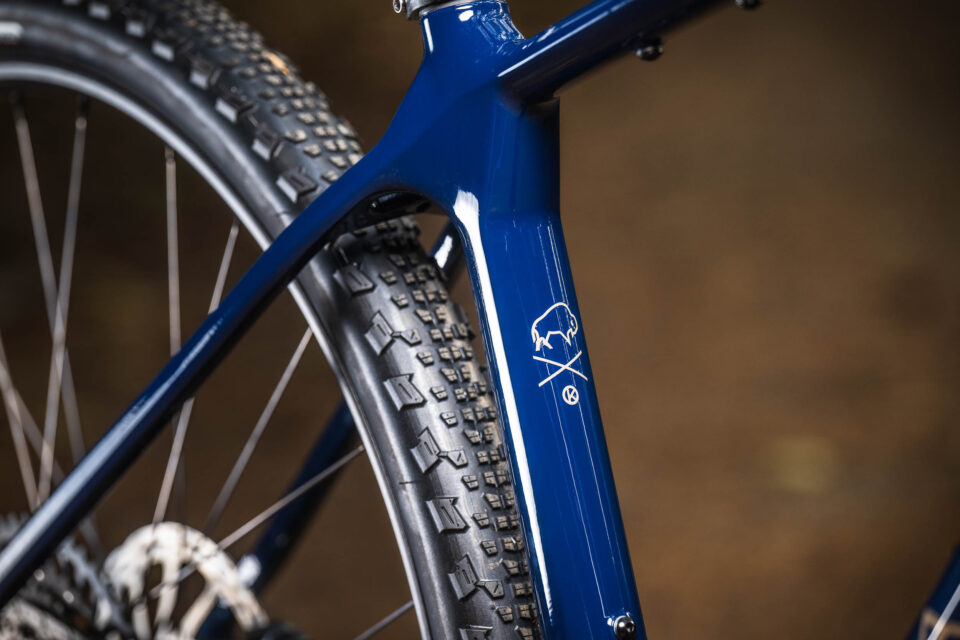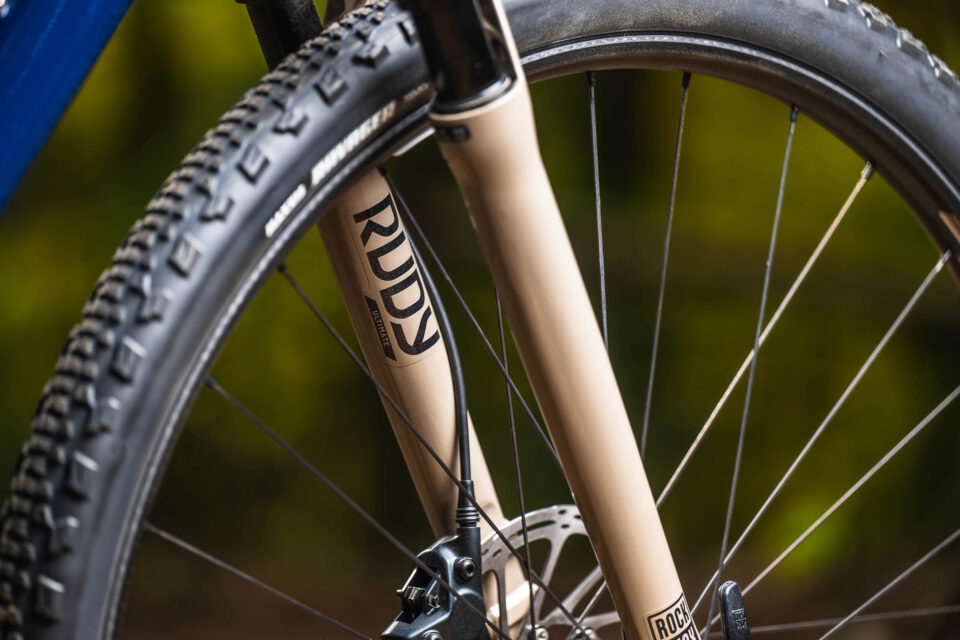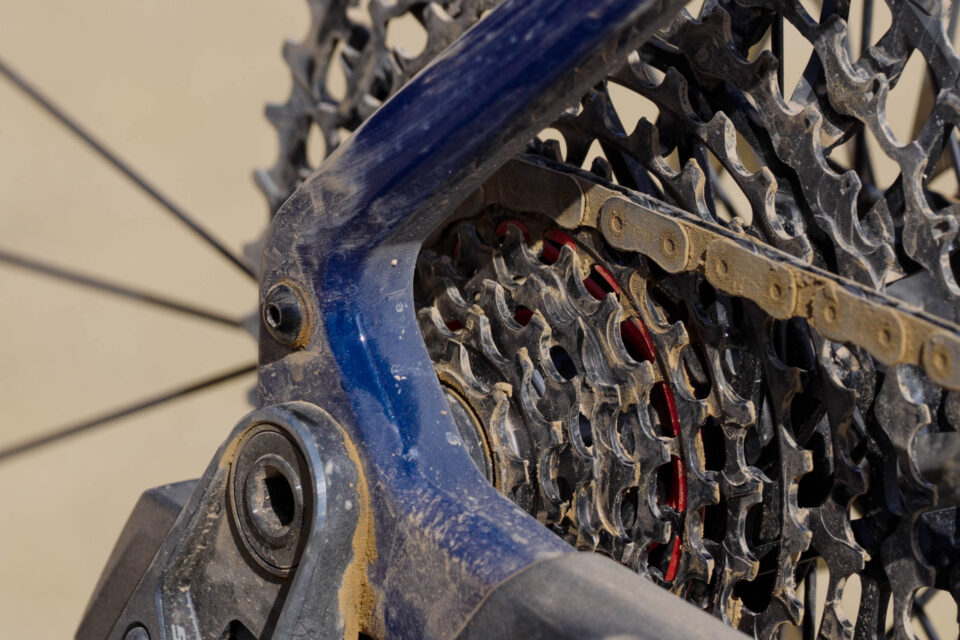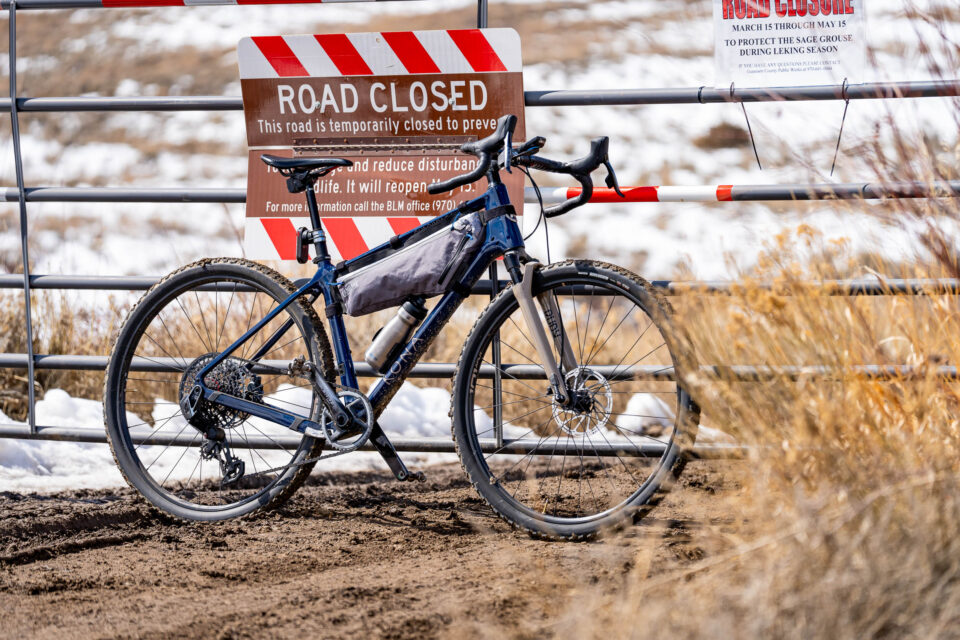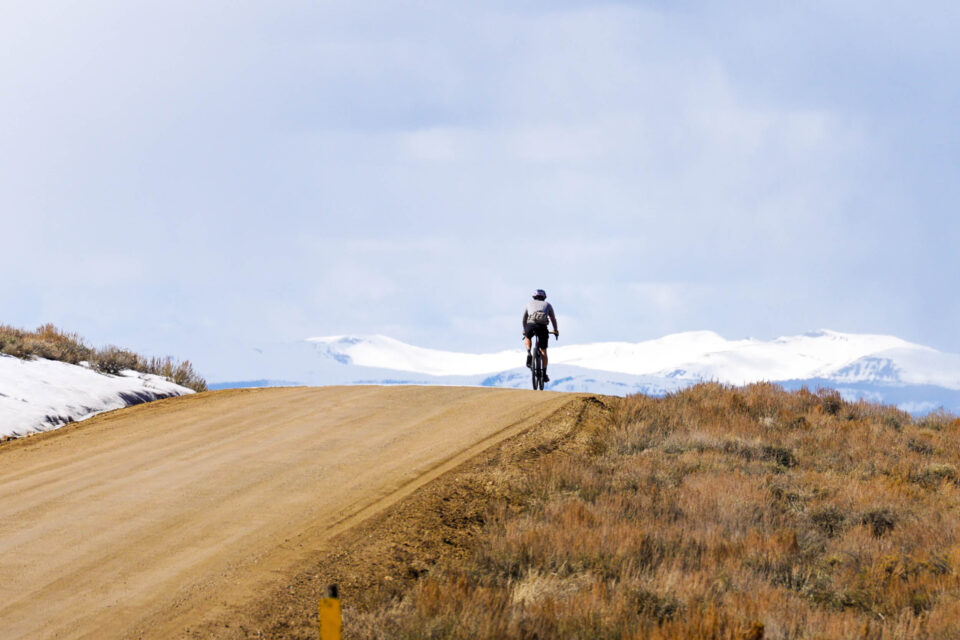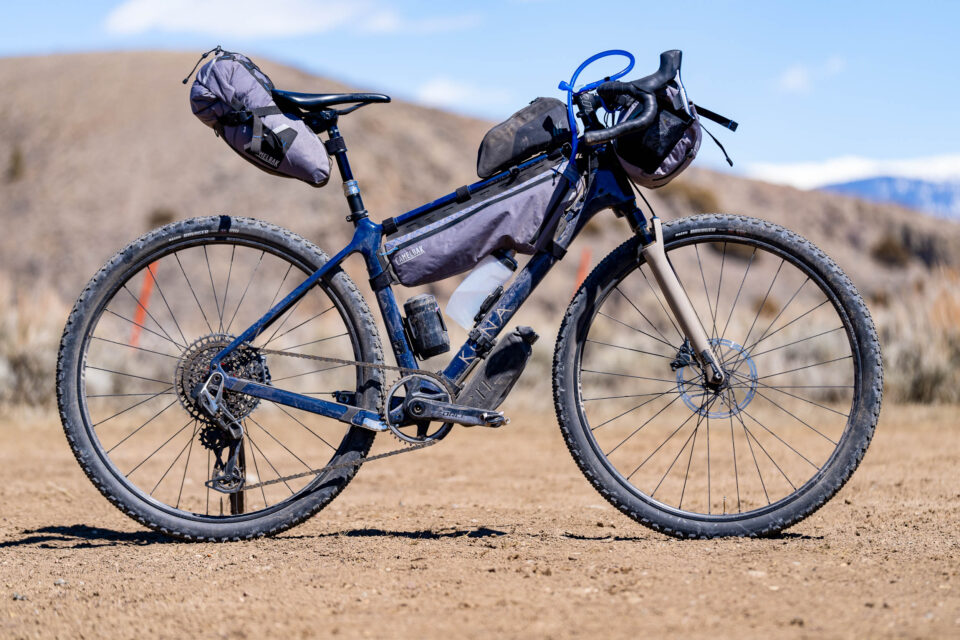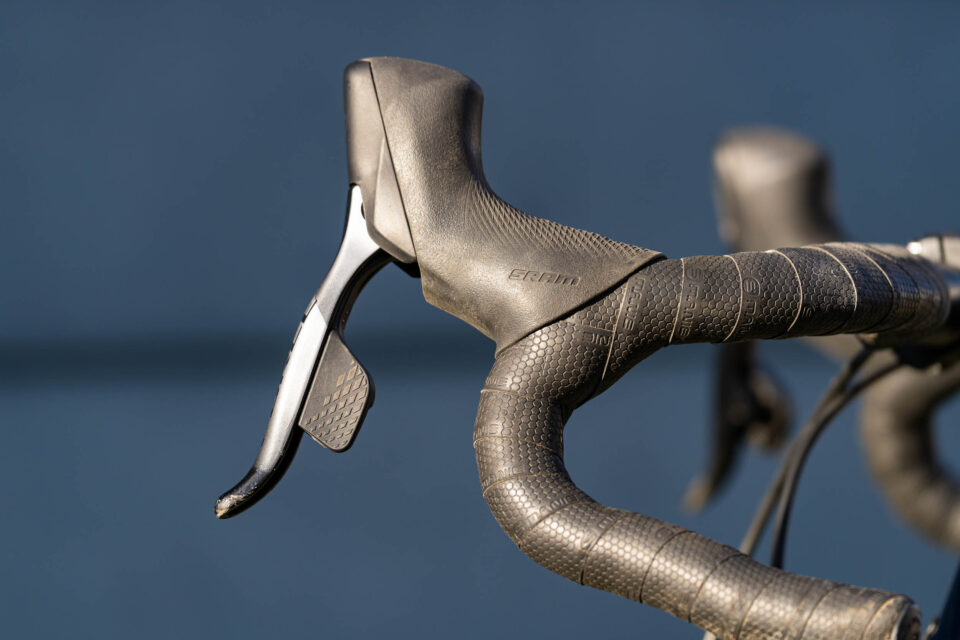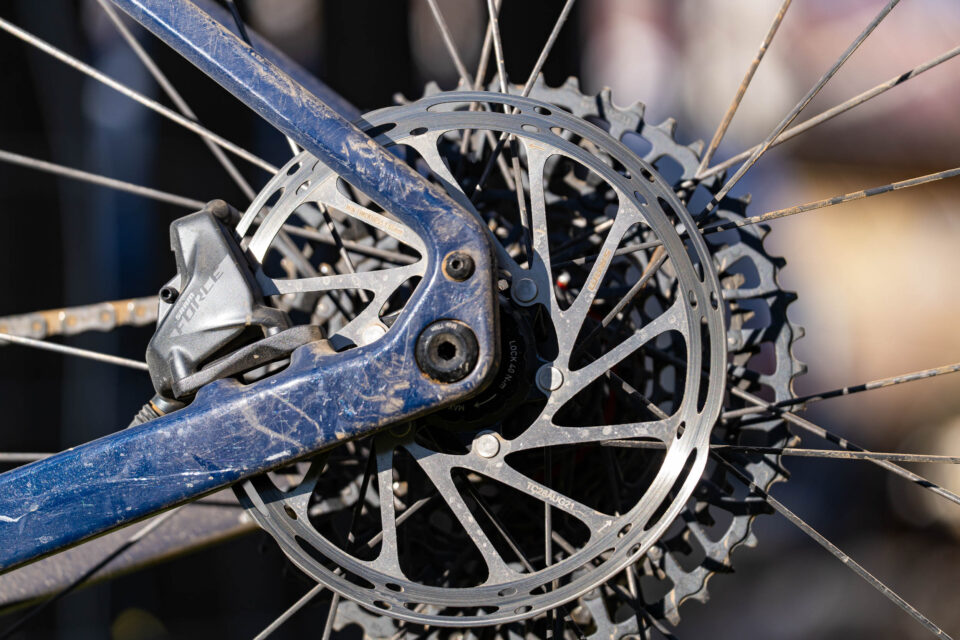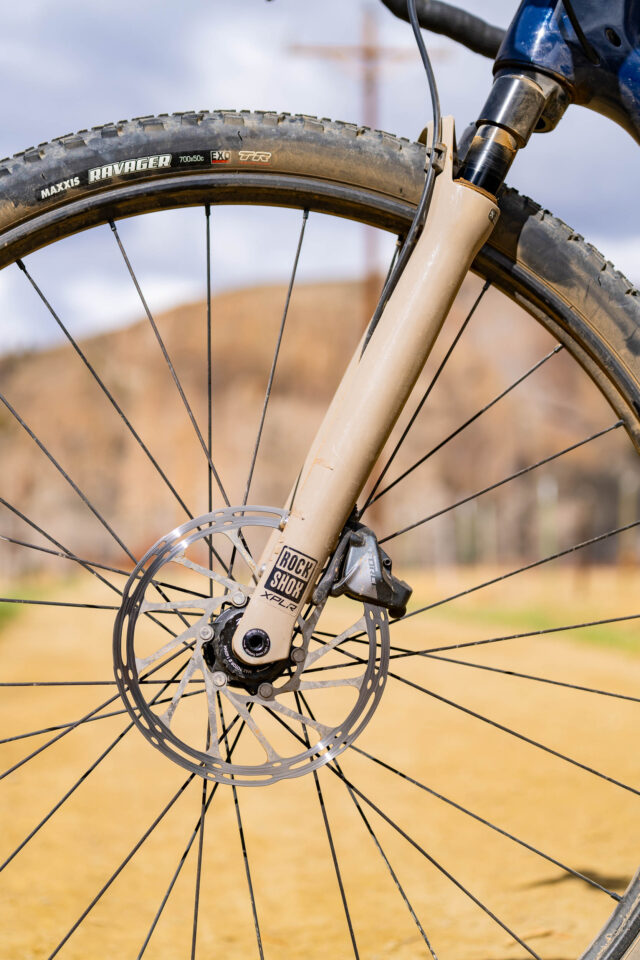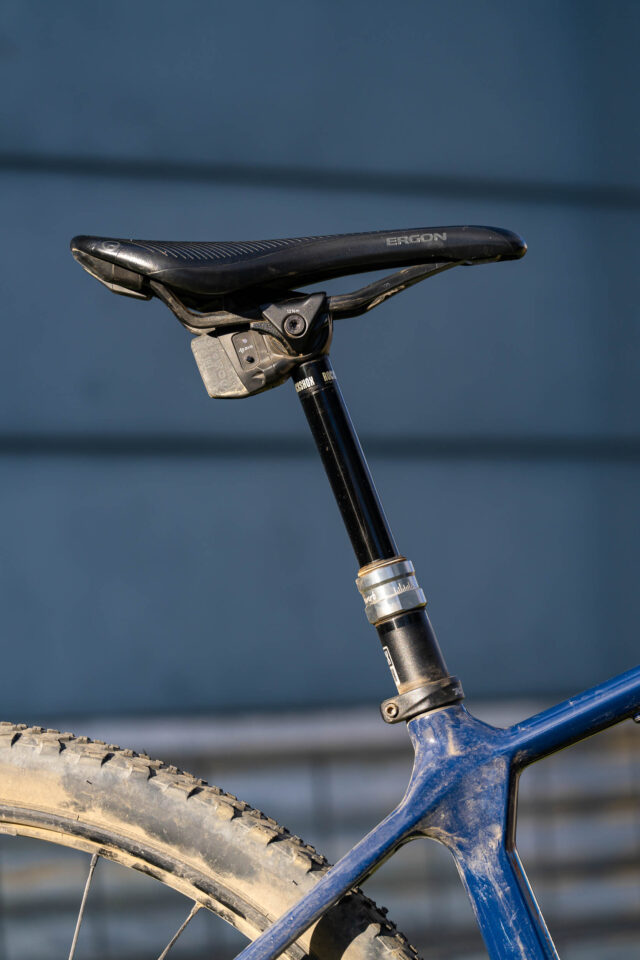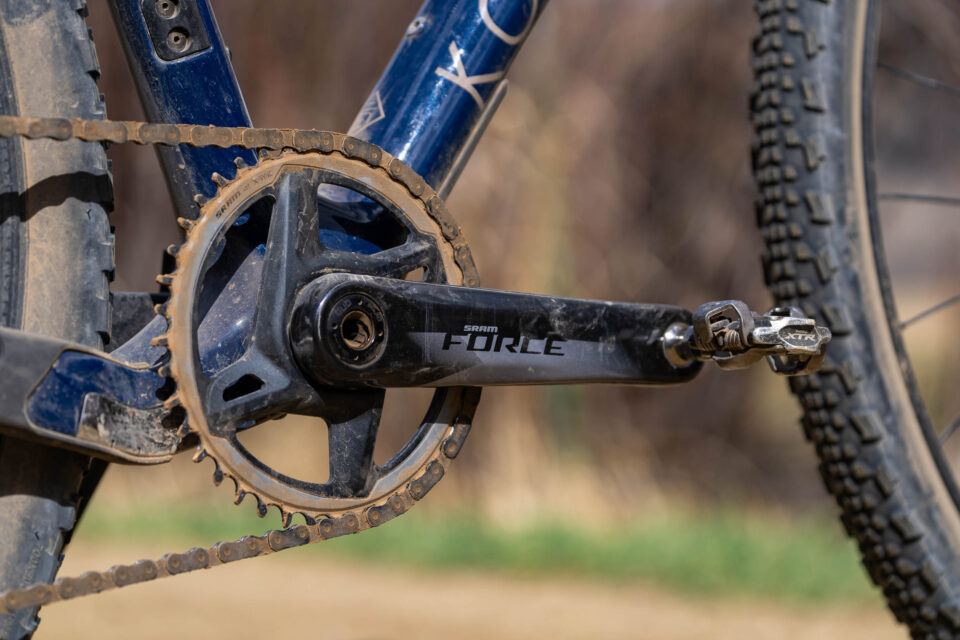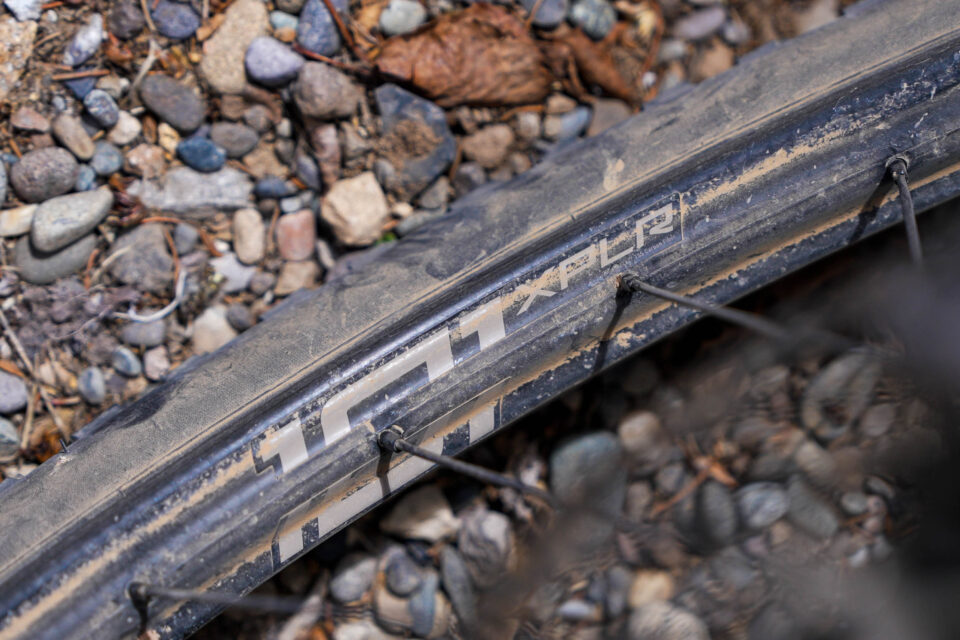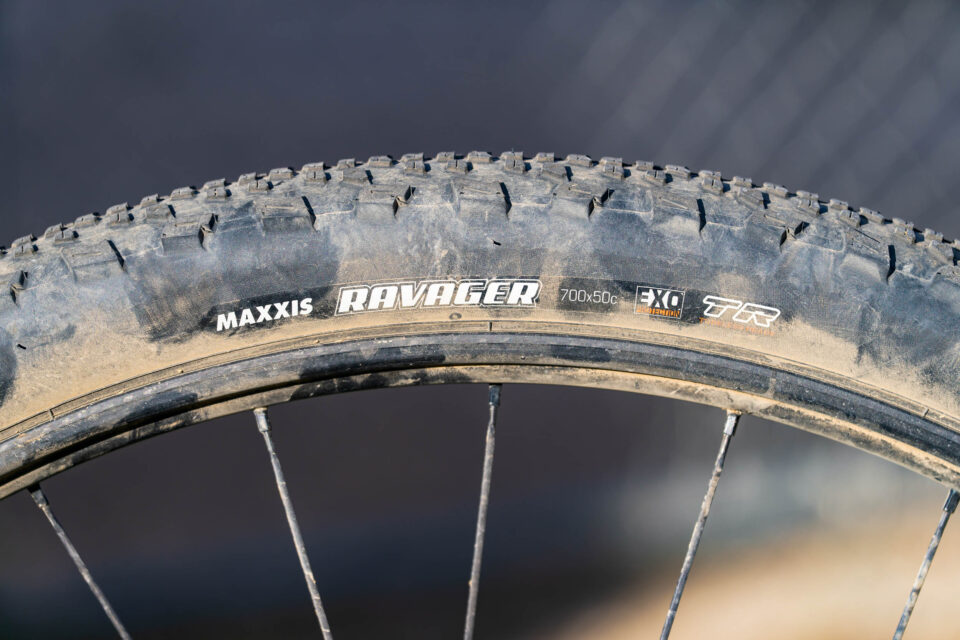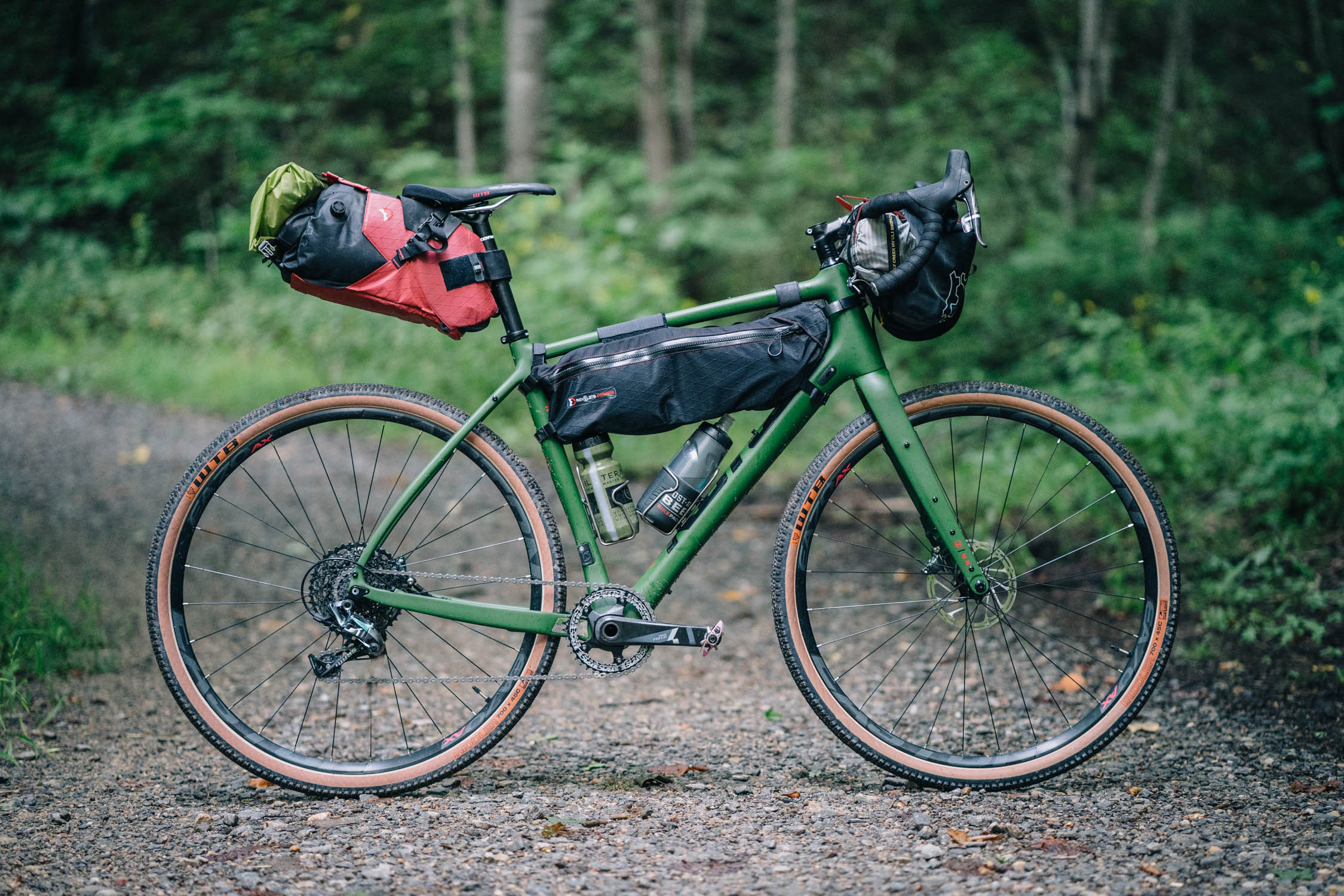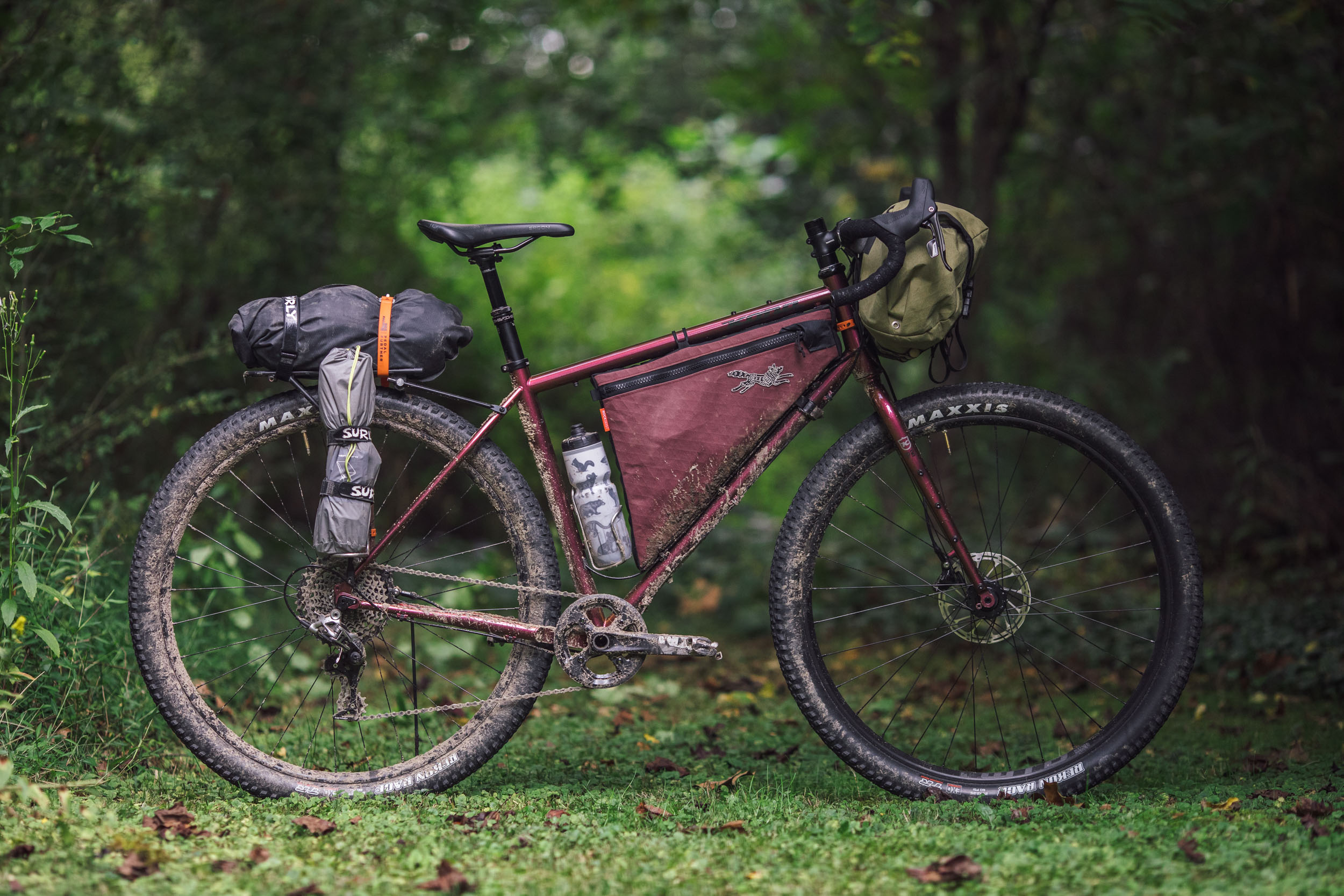Kona Ouroboros Review: Past Meets Present
Share This
Today, Kona Launched their latest bike, the Ouroboros. We were lucky enough to have one for a month or so beforehand, and Neil put it through its paces, pedaling it more than 300 miles around Colorado and Utah, riding it on gravel, singletrack, and an overnighter. In his video, he dives into Kona’s new drop-bar offering in detail. Find our Kona Ouroboros review here…
Launched this morning, the all-new Ouroboros is the latest bike in Kona’s expansive range of offerings. It’s a unique drop-bar platform that pays tribute to the past and charts its own path forward. I spent the last month pedaling one around Colorado and Utah on a bunch of day rides, singletrack jaunts, and an overnighter, and you can find my thoughts on the new Ouroboros in video and written formats below.
Is this just a 90s MTB?
With the release of the Ouroboros, Kona isn’t attempting to redefine cross-country mountain biking or gravel riding. Instead, they’re paying tribute to both disciplines by creating a machine that navigates a path intersecting the two. I’ve encountered the argument that gravel bikes are simply reminiscent of mountain bikes from the late 80s and early 90s. While I understand this perspective, it’s essential to recognize that geometry trends are cyclical, hence the name Ouroboros, an ancient Egyptian symbol depicting a serpent or dragon eating its own tail, representing the eternal cycle of renewal.
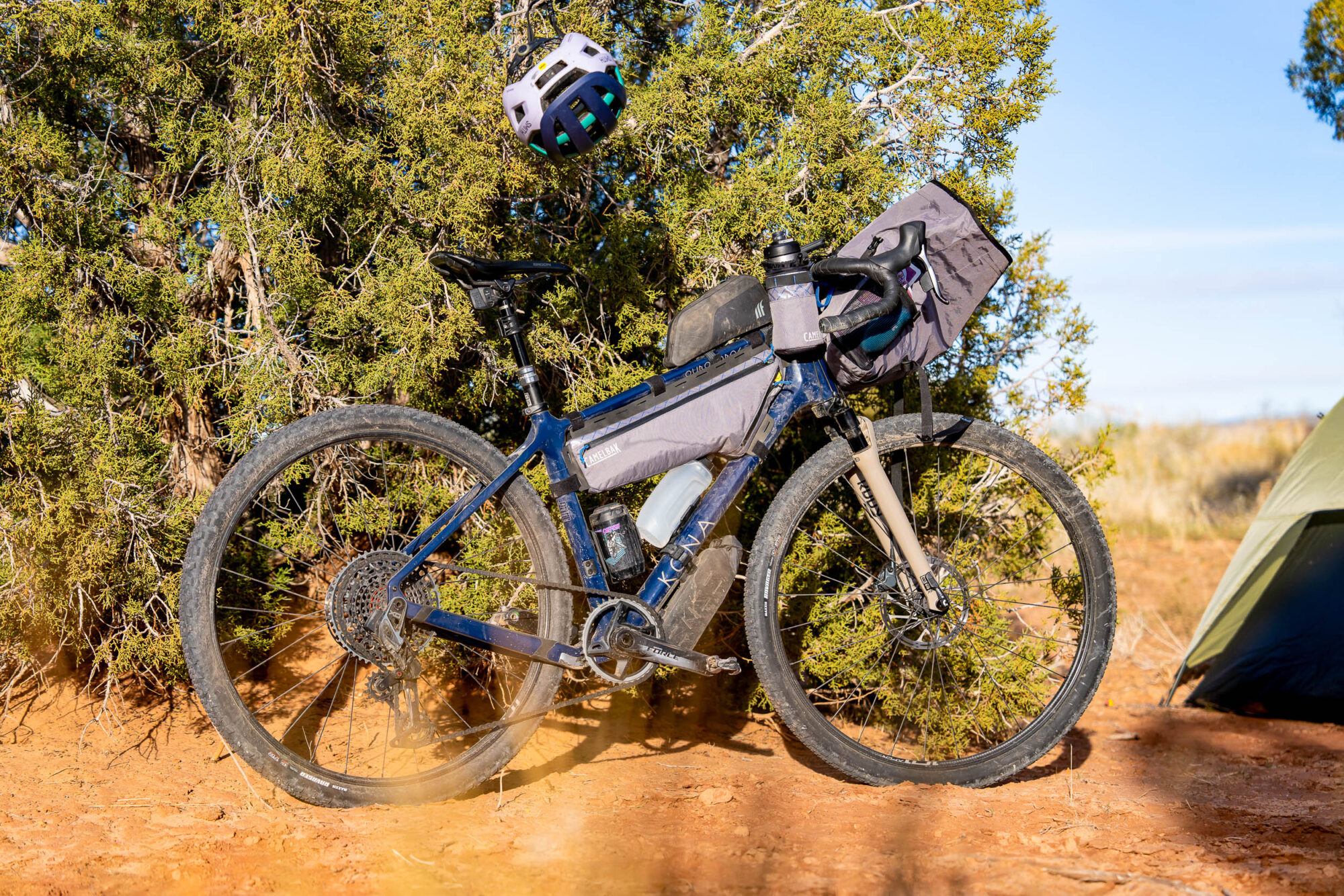
The Ouroboros is indeed building upon past designs, aiming for improvement rather than reproduction. This iterative process isn’t just found in cycling but also in other creative fields, such as music, be it inspiration for the artist, or as I sit here listening to a 90s alternative playlist, bringing me back to my childhood/early teens, reminding me how that time shaped who I am today. Embracing this ethos fosters innovation and evolution within the cycling community. As we move along in this review, you will be reminded of the past but also introduced to the present.
Sizing
Before we dive into anything else, it’s appropriate to bring up Kona sizing, which, to me, has always been something requiring careful consideration. Despite the blurred lines of mountain and gravel on the Ouroboros, Kona decided to stick with metric sizing in centimeters. The bike comes in six sizes, from 48CM to 58CM. I’m 5’9.5″ or 176.5 centimeters, and I tested their 54cm size, which was a great fit. I’ve pedaled a 56 from Kona before, and while it worked, I told myself the next time I tested one of their bikes, I would roll with a 54, and I’m happy I did. The 395mm reach on the 54 isn’t exceptionally long, but it does start to blur the lines away from the standard gravel geometry we’ve gotten to know over the last few years. The big standout number to me is the 610mm stack, which was evident on my first ride. This bike is very upright, which is on trend for all Kona’s drop-bar bikes.
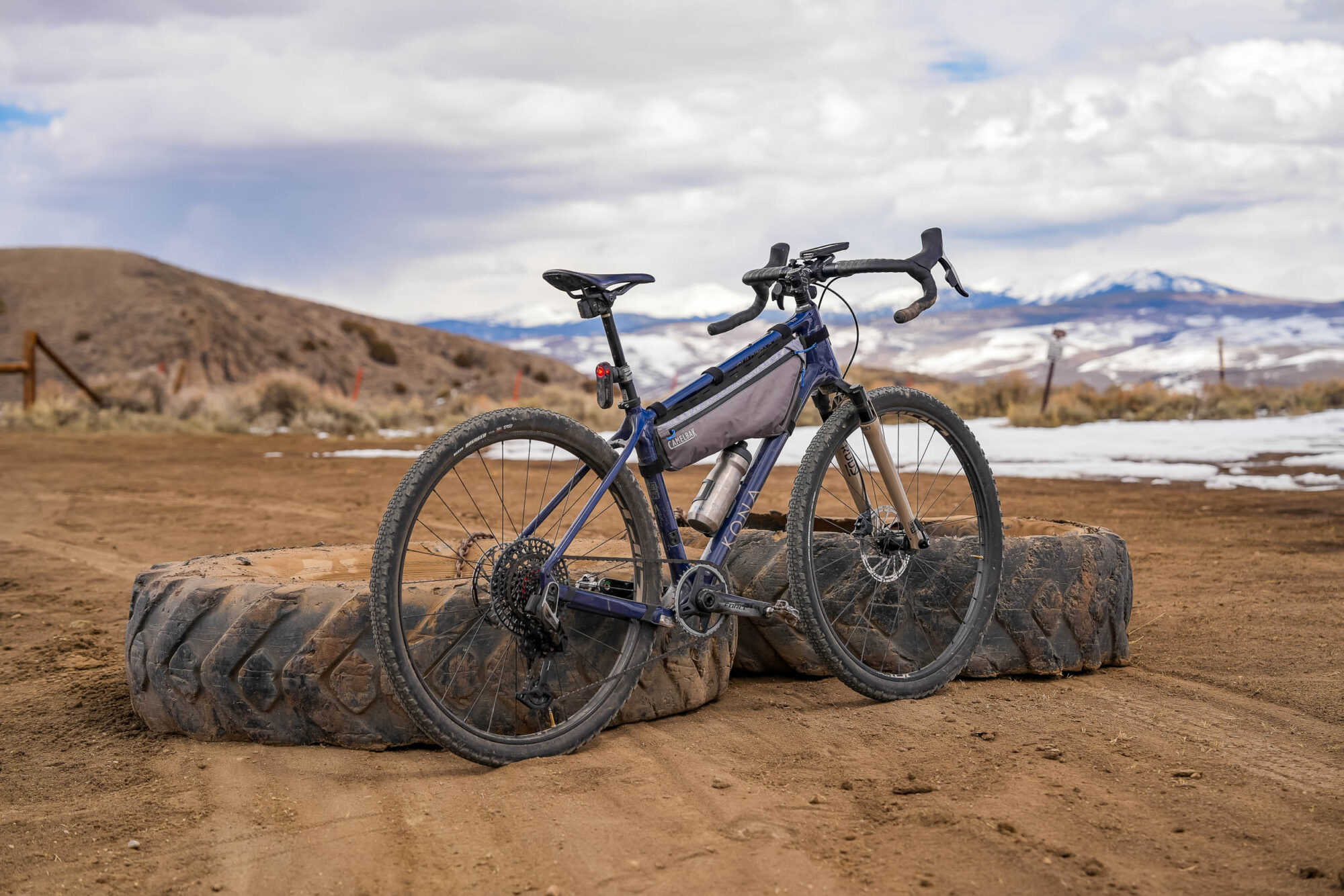
Frame Highlights
In 2018, Kona launched the Libre and a redesign of their Major Jake, marking their initial jump into the realm of carbon drop bar bikes. But Kona is no stranger to carbon, using it on all of their full-suspension mountain bikes, and despite the high praise of their steel rigs, Kona reaches more customers with their diverse range of bikes. The Ouroboros is especially intriguing as the frame is ISO 4210 Mountain-tested, a departure from conventional road bike standards common in many gravel bikes. And while Kona offers one aluminum Ouroboros build, the carbon mold reduces weight dramatically over their steel bikes, such as the Sutra LTD, with the Ourobors 54CM coming in at 23 lbs 6 oz or 10.6KG.
The Ouroboros was built around a suspension fork, which is a departure from Kona’s other drop-bar bikes, and when you zoom in on the frame and fork alone, the bike gives off distinct MTB vibes. Despite the suspension-corrected frame, Kona also specced two builds with a 420mm axle-to-crown carbon fork with 29 x 2.5-inch tire clearance. However, you are stuck with 2.1″ clearance on the rear and 50mm if you go with the two specced builds with the RockShox or Fox gravel forks.

The build also comes with a non-boost 142/100 x12mm axle spacing and a press fit 86.5mm bottom bracket. Kona says this allows for increased tire clearance and simple tube-in-tube cable routing. But that begs the question: why not just go with a Press Fit BB92 and stretch that tire clearance to 2.4″? I’m sure Kona thought this through, as that route opens up a whole can of worms, such as road boost, the lack of gravel sus-forks in that axle size, chainline, max chainring size, extra weight, and overall geometry changes. So, they kept it simple with what they have done in the past. While there’s no doubt this is a gravel bike, just based on tire clearance, it’s hard to ignore the mountain bike specs, such as the 31.6 seat post diameter, SRAM UDH, and 180mm rotors both front and rear, although with brake calipers of the flat mount variety. In general, I get many old and new vibes from these frame highlights. Is it a coincidence?
Going back to the Sutra LTD, the Ouroboros certainly took some inspiration from that bike, not only with an identical 69.5-degree head tube and 73.5-degree seat tube angle but also an identical wheelbase at 1094 on the 54 and an identical chainstay length coming in at 445mm. The reach measurements are identical, and the stack height is similar throughout the range of sizes. While the two bikes are very similar in geometry, they differ based on one being suspension corrected and one built around a rigid fork, as well as the frame material, which showed while out riding.
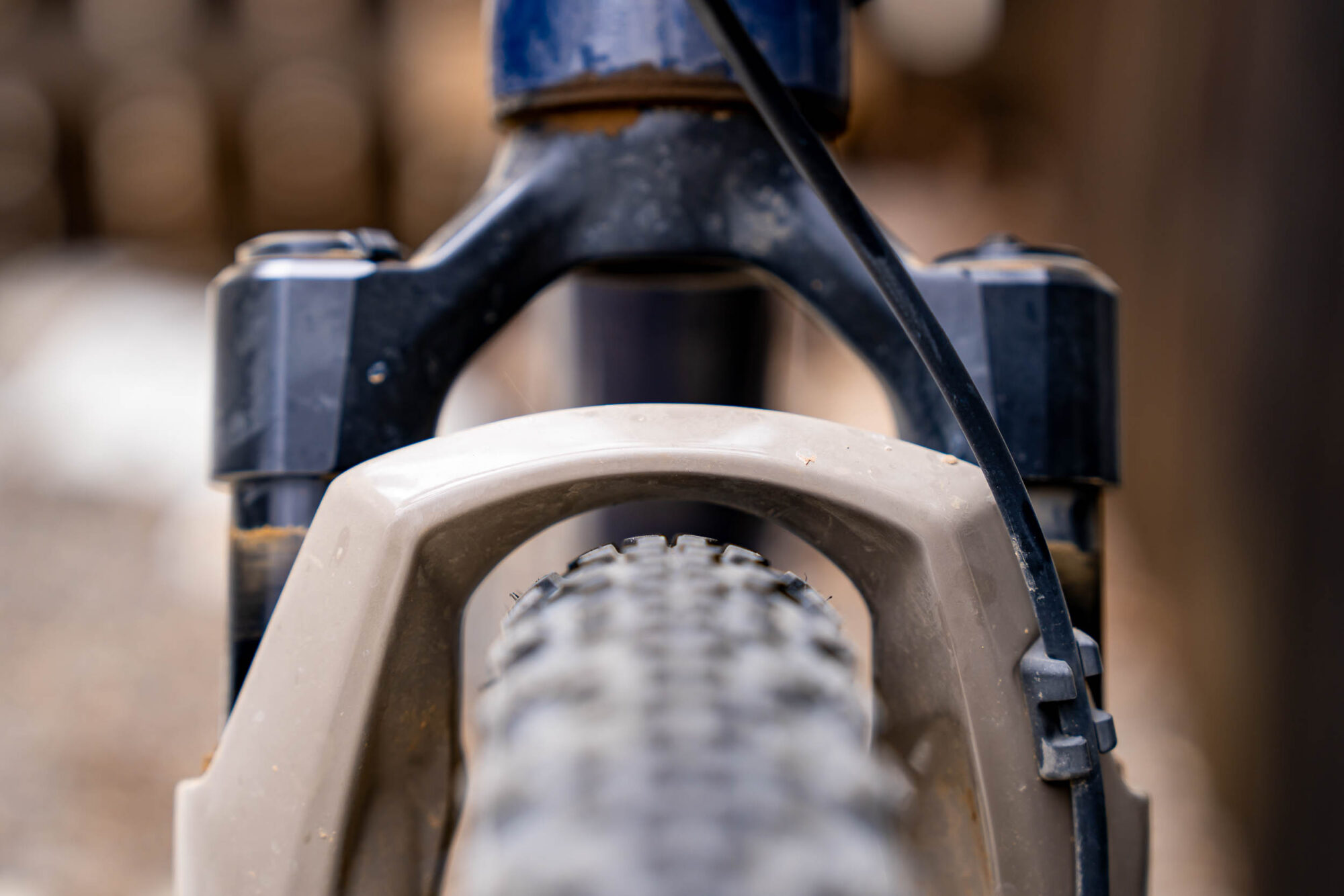
While out riding
I’ve spent a little over a month on the Ouroboros. While that’s not super long, I’ve managed to put 300+ miles on it. It accompanied me on shorter and longer day rides, a 100-mile overnighter, and short singletrack jaunts. Still, while I think having a long-term review of a bike is important, first impressions are also hard to ignore, and on my first ride, it felt comfortable and grounded while offering the quickness you would expect from a carbon gravel bike.

While you may argue it’s just a Carbon Sutra LTD—at least according to the numbers—the carbon frame kind of breathes new life into this geometry. It’s much stiffer than the Sutra LTD. In fact, my initial impressions gave me some Salsa Cutthroat vibes; it’s a fast and comfortable bike. But after I pedaled the Cutthroat again to compare, the Cutthroat’s shorter reach and taller stack raised the torso more than the Ouroboros. Either way, both bikes were very upright and took some getting used to again, which is likely from testing so many shorter stack bikes recently, such as the Santa Cruz Stigmata and Pipedream Sirius S6. While I appreciate a high stack from time to time on bikes like the Ouroboros, I noticed I didn’t have as much confidence on gravel descents, mostly while cornering.

While the bike isn’t a race bike like the Stigmata, it’s not sluggish by any means. In fact, I used the term “sluggish” in my Sutra ULTD review a few years back, and I wouldn’t begin to use the same language to explain the Ouroboros. I think the carbon frame has a lot to do with it. It’s less mass to move forward but offers better energy transfer from pedals to wheels. It was a joy to pedal up a long climb, and it had a sense of urgency to get to the top.
Having the ability to put a 2.1″ tire on the back and a 2.35″ tire up front with the carbon fork would allow lower tire pressures and more overall comfort, especially the rear end of the triangle, which from time to time rattled me around a bit on some chunky roads or washboards. However, the 40mm RockShox Rudy acted as a wider front tire and did a decent job over washboard, allowing for loads of playfulness. The 40mms of suspension up front, combined with the longer wheelbase and reach and shorter 60mm stem, had me preloading the shock to pop up obstacles, pumping through singletrack rollers, cornering with more confidence, and put me in a good position on the climbs.

It also allowed me to descend with confidence, especially when I dropped the 125 mm AXS Reverb. It also didn’t mind getting air off little ledges and didn’t hesitate with small drops. I felt surprisingly confident on this bike while riding singletrack, and I even tested its limits from time to time, finding that it wasn’t all that much slower than riding a hardtail. And, in fact, it was much faster on smooth singletrack climbs. Overall, this bike does many things well, singletrack being one of them.
A Bikepacking Perspective
Loading up the Ouroboros was a joy; the stiffer rear end flexed a bit more with the weight, allowing a little more compliance over some chunky bits of the Kokopelli Trail. Maybe plusher is a better way to discern the difference between loaded and unloaded on the Ouroboros. It pedaled very well through some ledgy portions with minimal pedal strikes, thanks to the higher bottom bracket, even with the 172.5mm Force crankarms.
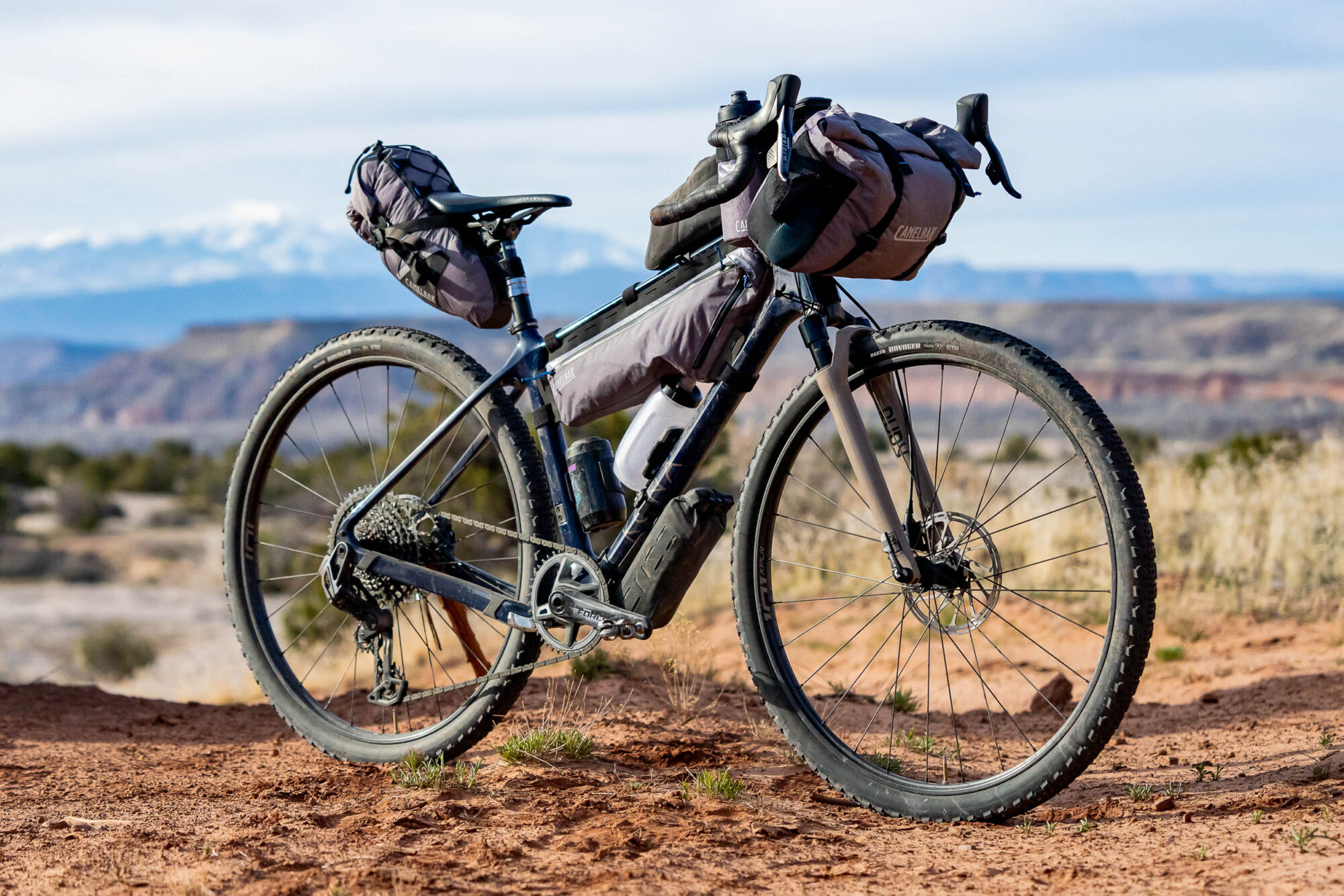
In typical Kona fashion, the Ouroboros has loads of bikepacking provisions. Front rack/fender mount plus three-pack mounts and dynamo routing on their carbon fork, and rear fender mounts and ample mounts inside the frame for bottles to mount a custom frame bag too, or to mix and match as I did here. However they opted for no downtube mounts or rear rack mounts, which I would have used if they were there. While the top is noticeably sloped, it offers ample frame space. Kona also installed mounts for a top tube bag, but they are drilled too far back, making it look strange when a top tube bag is installed. The one downside to the Rudy Ultimate fork is that it doesn’t have mounts. And while I had planned on using some Old Man Mountain Fork Racks, they didn’t show up in time for my bikepacking trip. Overall, the carbon fork offers more versatility for gear.
Finally, the bike is specced with a 48cm Richey VentureMax handlebar. It’s a bar I’ve spent lots of time with and certainly one of my favorites. With the bar’s flat top and relatively upright stack, I found myself leaning on my forearms to change up hand positions. The wider bar certainly opens up some clearance for bike luggage or on-bar accessories, and it feels great while riding. I wouldn’t mind if they added some rear rack mounts.
Other Components and Builds
When I first got the high-end Supreme build, it was hard not to notice their mountain-centric componentry. First off, Kona nixed the derailleur hanger that they use on the Sutra—which Logan and I both had mentioned was relatively soft—in place of SRAM’s Universal Derailleur Hanger. The bike has a 47.5mm chainline, which works with most modern-day gravel groupsets, yet Kona had different thoughts with this build, going with an XO Transmission and an SRAM Force crankset.

The gearing was adequate, and I didn’t find myself hunting for more lower gears, but if you plan on riding super steep trails or with a heavier load, consider stepping down to a smaller chainring. I only felt the need on some pretty steep singletrack climbs. That said, Kona offers one of their builds with a SRAM Rival AXS front derailleur if you want a smaller range and smaller transitions between gears. I also felt really anchored using the Force levers; I’ve used them on multiple occasions now, and I enjoy the large hood and simplicity of left and right paddles to shift up or down the cogs.
Kona Ouroboros Supreme Build Kit
- FRAME: Kona Carbon (Gloss Midnight w/ RS Kwiqsand Decals)
- FORK: RockShox Rudy Ultimate XPLR
- CRANKSET: SRAM Force 1 DUB Wide 40T
- SHIFTER: SRAM Force ETAP AXS
- CASSETTE: SRAM XO Eagle Transmission 10-52T, XD
- DERAILLEUR: SRAM XO Eagle Transmission
- CHAIN: SRAM X0 Eagle Transmission Flattop
- BOTTOM BRACKET: SRAM Press-Fit 86.5 DUB Wide
- RIMS: Zipp 101 XPLR
- FRONT HUB: Zipp 101 XPLR, 12x100mm
- REAR HUB: Zipp 101 XPLR, 12x142mm
- FRONT TIRE: Maxxis Ravager 700 x 50mm TR EXO
- REAR TIRE: Maxxis Ravager 700 x 50mm TR EXO
- BRAKE LEVERS: RAM Force ETAP AXS
- BRAKE CALIPERS: SRAM Force Hydraulic
- ROTORS: SRAM Centerline Centerlock 180mm
- HANDLEBAR: Ritchey Venturemax
- STEM: Ritchey Trail WCS
- SEATPOST: RockShox Reverb AXS 31.6mm
- SADDLE: WTB Volt Medium Stainless Fusion
- HEADSET: FSA Orbit No. 57, ZS 44/56
The bike also comes with a 125mm reverb AXS dropper, which can be actuated by simultaneously pressing the left and right paddle. And speaking of levers, the bike comes with 180mm rotors, which add a lot to this bike; while the Force two-piston brakes are nothing to write home about, the larger 180mm rotor gave them some serious bite, which allowed more overall descending confidence just knowing I could slow down quickly.
The new ZIPP XPLR 101 wheels come in at 27mm internal rim width with a MOTO tech single-walled approach to the rim, which is said to offer more traction in rough corners and a smoother ride in rocky terrain with less chance of pinch-flatting. Paired with some Maxxis 50mm Ravager tires, I felt like this was the most inspiring wheel combo you can get for a gravel bike, and while it doesn’t roll all that well compared to some other gravel tires, it offers a decent amount of cornering confidence and stopping power, which is important with a loaded bike.
- Model/Size Tested: Kona Ouroboros, 54cm
- Actual Weight: 23 lbs 6 oz (10.6 kilograms)
- Place of Manufacture: Taiwan
- Price: TBD
- Manufacturer’s Details: Kona Bikes
Pros
- Inspiring geometry
- Carbon gives life to geo
- Snappy ride quality
- Loads of bikepacking provisions
- Good-looking frame
Cons
- No rear rack our down tube mounts
- Press fit BB
- More clearance would be nice
- Stiffer rear end rattled me a bit
Wrap Up
While the Ouroboros and 90s mountain bikes have some apparent similarities, like the overall length of the bike and similar seat tube and head tube angles, the Ouroboros offers modern touches to make it all the more inspiring. It’s a comfortable bike for all-day riding but has an edge that lends a certainly quick nature that you don’t find with, say, their Sutra LTD; add in a variety of fun bikepacking features and a unique set of build options, including an aluminum option. Kona has checked a lot of boxes that today’s adventure rider would have in mind: a go-far, multi-purpose bike with some modern touches. I’m a sucker for 90s music and the edgy grunge-like tone of that era, and that defines the Ouroboros well. It can do everything you would expect but has an attitude to push the boundaries and do so with conviction.
One last note is that Kona has yet to announce availability or actual pricing, but they are offering up three different builds. The dark blue Supreme build with higher-end components, a beautiful light blue offering with Rival 2x build, and an Apex 1 mechanical build with Fox suspension fork.
What do you think of the new Ouroboros? Let us know in the conversation below!
Further Reading
Make sure to dig into these related articles for more info...
Please keep the conversation civil, constructive, and inclusive, or your comment will be removed.






